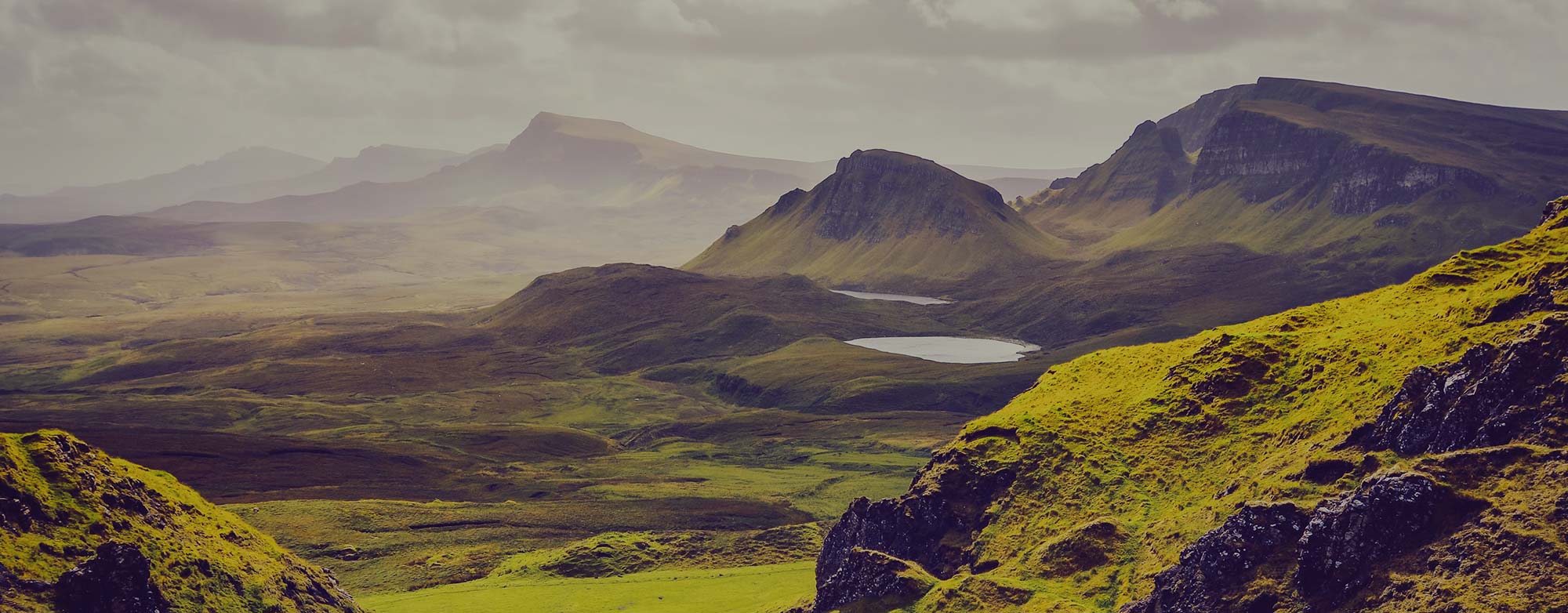
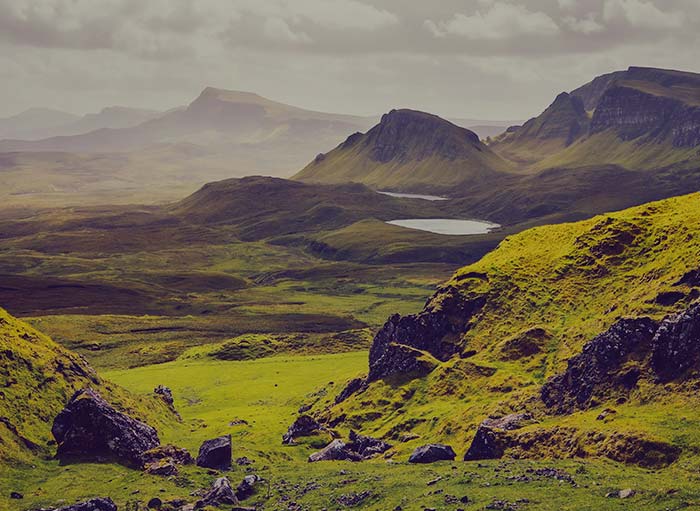


The geography of Scotland is bold and beautiful with stories and history to match. Scotland is a country that provides four seasons in one day with a climate and weather that has shaped the landscape and people for thousands of years. North, South, East or West, every area of Scotland has its own unique landmarks, legends, stories and history. It’s little wonder then that many of Scotland’s gin makers and brand owners have looked to their local area for inspiration. Whether it’s the Scottish Gin in the bottle, the brand, the packaging, the people; Scotland’s gin makers and brand owners, in one way or another are influenced and inspired by their local landscape, stories, history and legends.
Some capture this idea of place in their gins with locally foraged botanicals that give a taste of rugged coastlines or heather covered hills. Some capture the notion of place in their packaging while others weave their own experiences of life in their local area into their brand. Scottish Gin not only captures the taste buds, but captures the imagination. In our Scottish Gin Geography editorial series, we look at some of the local landscapes, landmarks, characters and history that have inspired Scotland’s gin makers and brand owners.
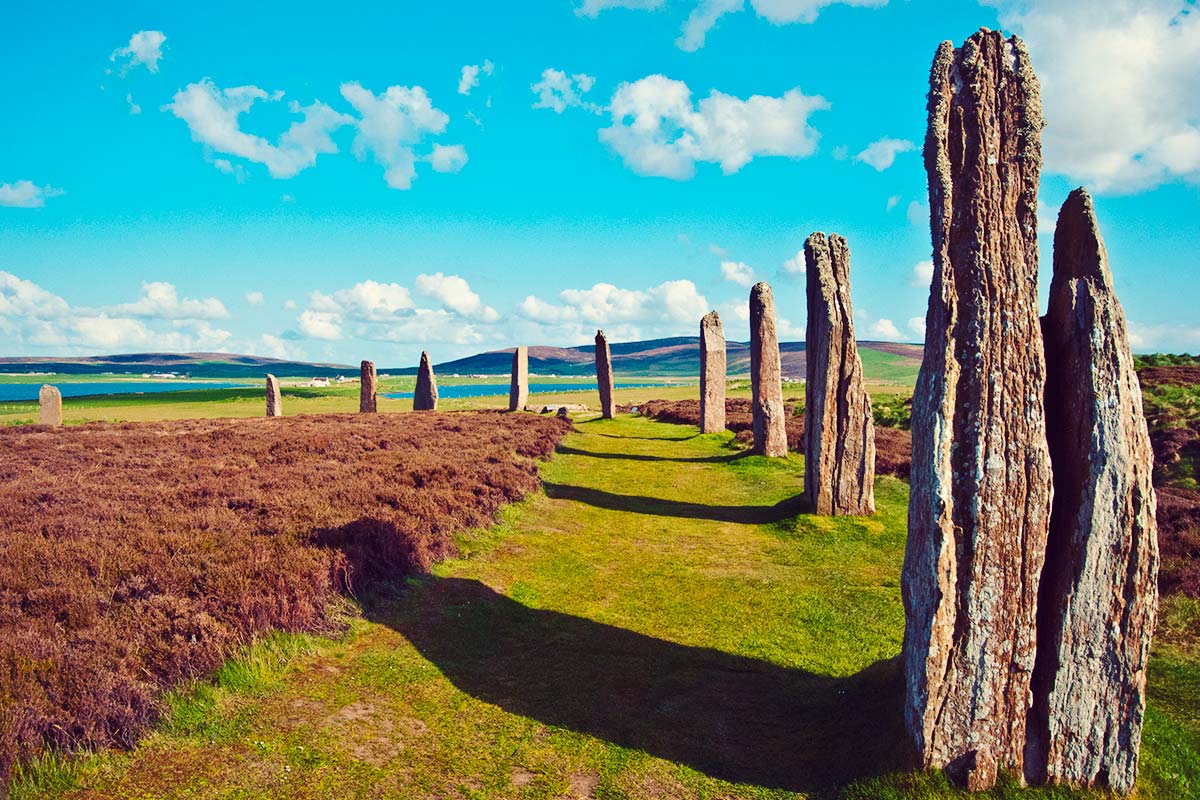
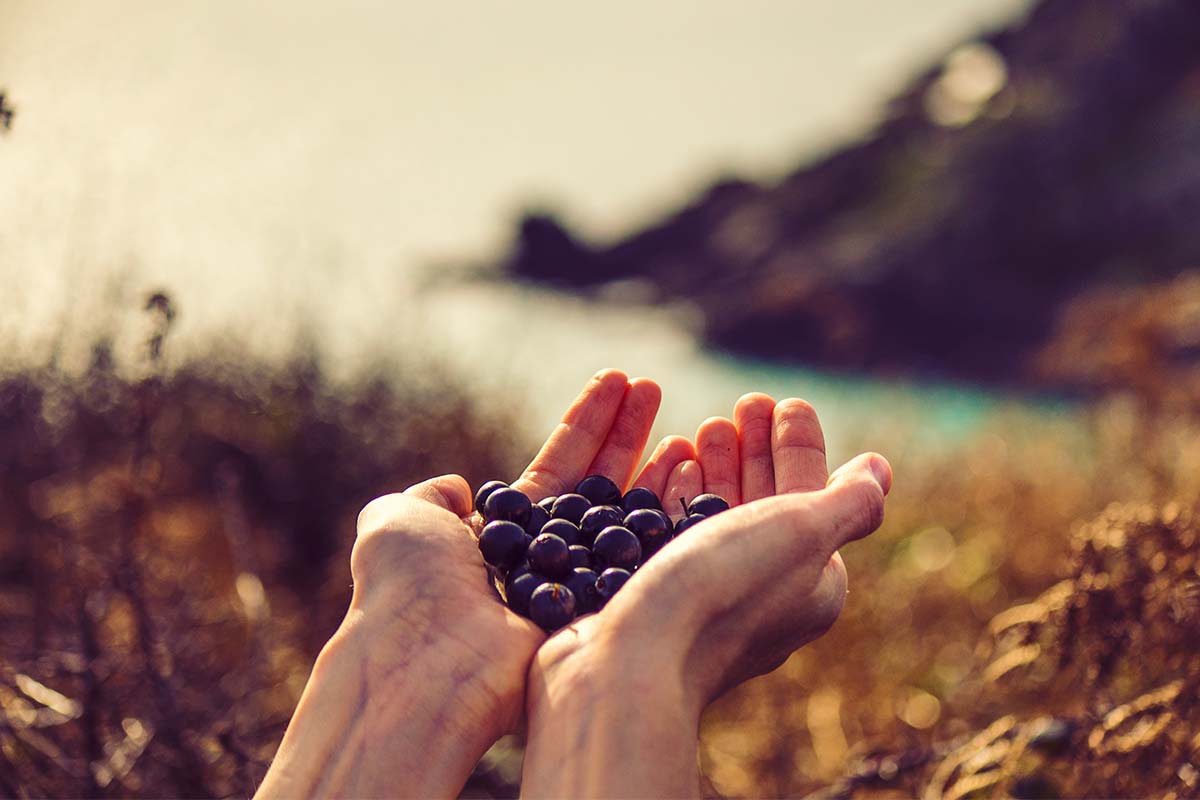
Red Door Gin, Forres, Moray
The small town of Forres sits between Elgin and Inverness in the council region of Moray. Depending on your route, it can be the beginning or the end of a trip to the world-famous Speyside whisky trail. Forres was home to a royal castle from 900AD until around 1140AD when Forres was declared a royal burgh. The Kings of Scots established the Royal Burghs as a way to encourage and build more strong economic and social ties across Scotland.
Although surrounded by lush and fertile rural farmland, with easy access to the coast from the north of town and the rolling hills and crystal clear rivers of the Spey to the south, it wouldn’t be until 1898 that the first legal distillery in Forres would open its doors. The Benromach Distillery first opened in 1898 and over the last 120 years the distillery has operated under various owners whilst the distillery in appearance has remained relatively unchanged.
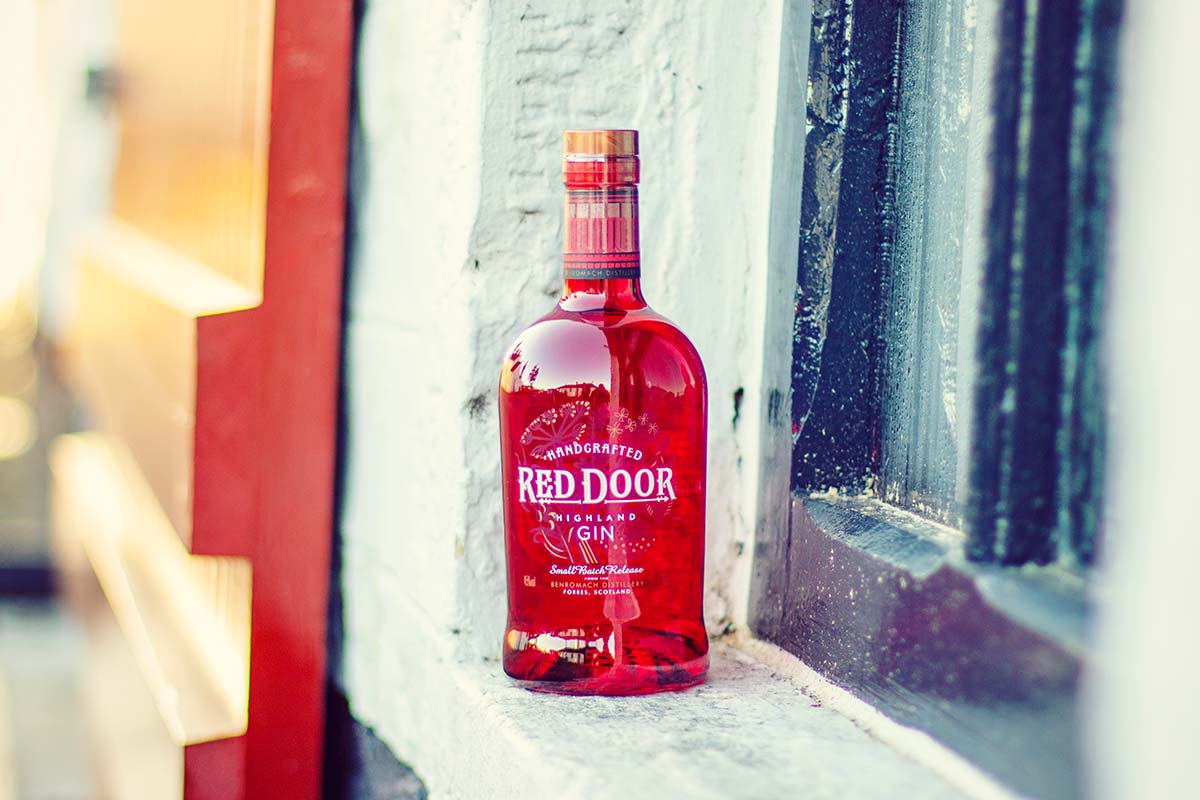
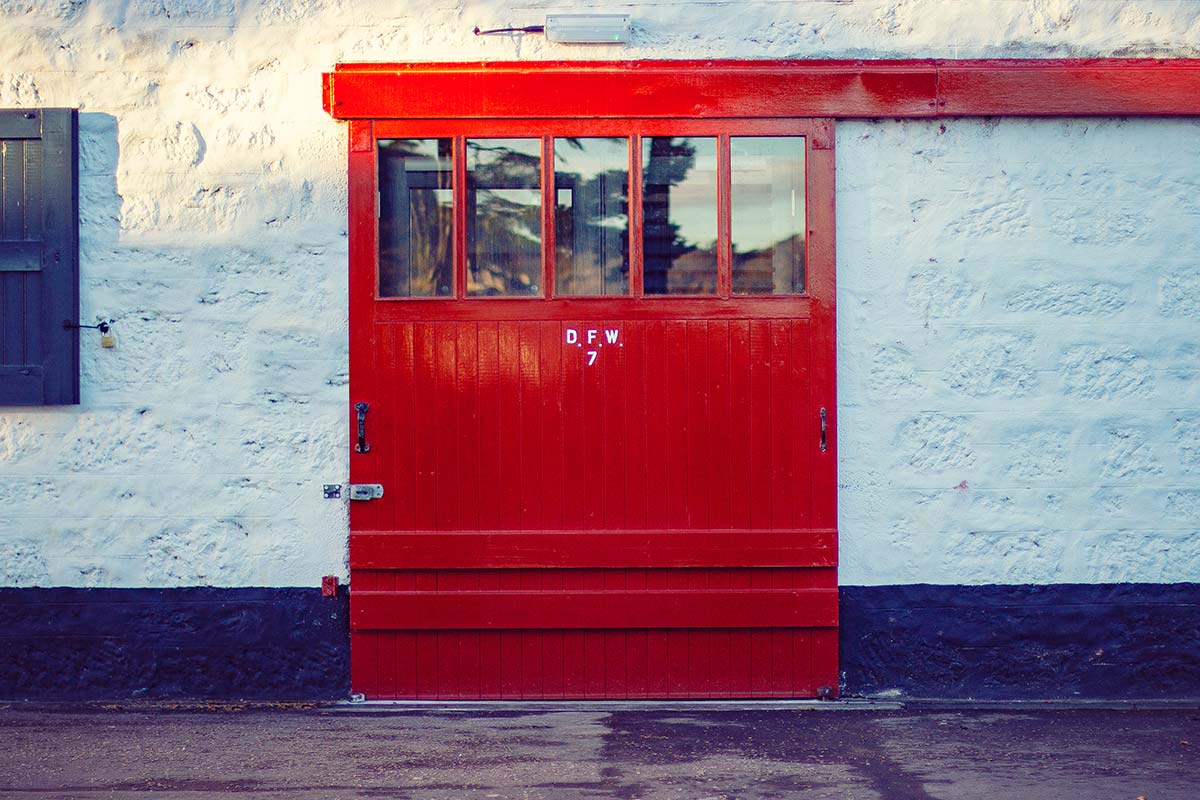
Easily spotted from the road with its white facade and dotted with red features and towering red brick chimney, the distillery has seen generations of distillers learn and hone their craft behind the bright red doors of the distillery.
“The starting point for Red Door Gin was to use the local landscape to influence the flavour of our Highland gin. The stunning natural environment around the distillery near to the Moray coasts gives us woodland, hills and coastline and this influenced our choice of rowan berry, pearls of heather and sea buckthorn as key botanicals in our final make up. The botanicals inspired by the local landscape, combined with five traditional botanicals gives Red Door Highland Gin a citrus, floral and aromatic style, which has received great reviews for being distinctive yet very drinkable.
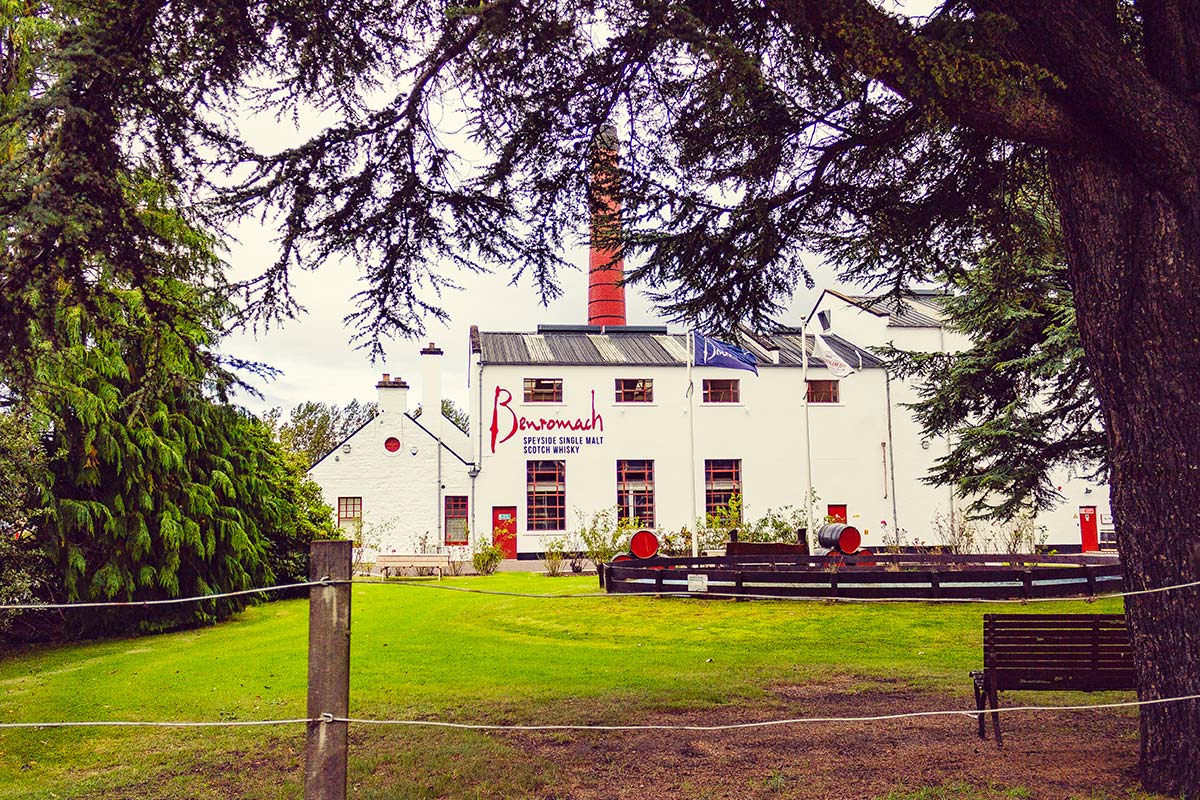
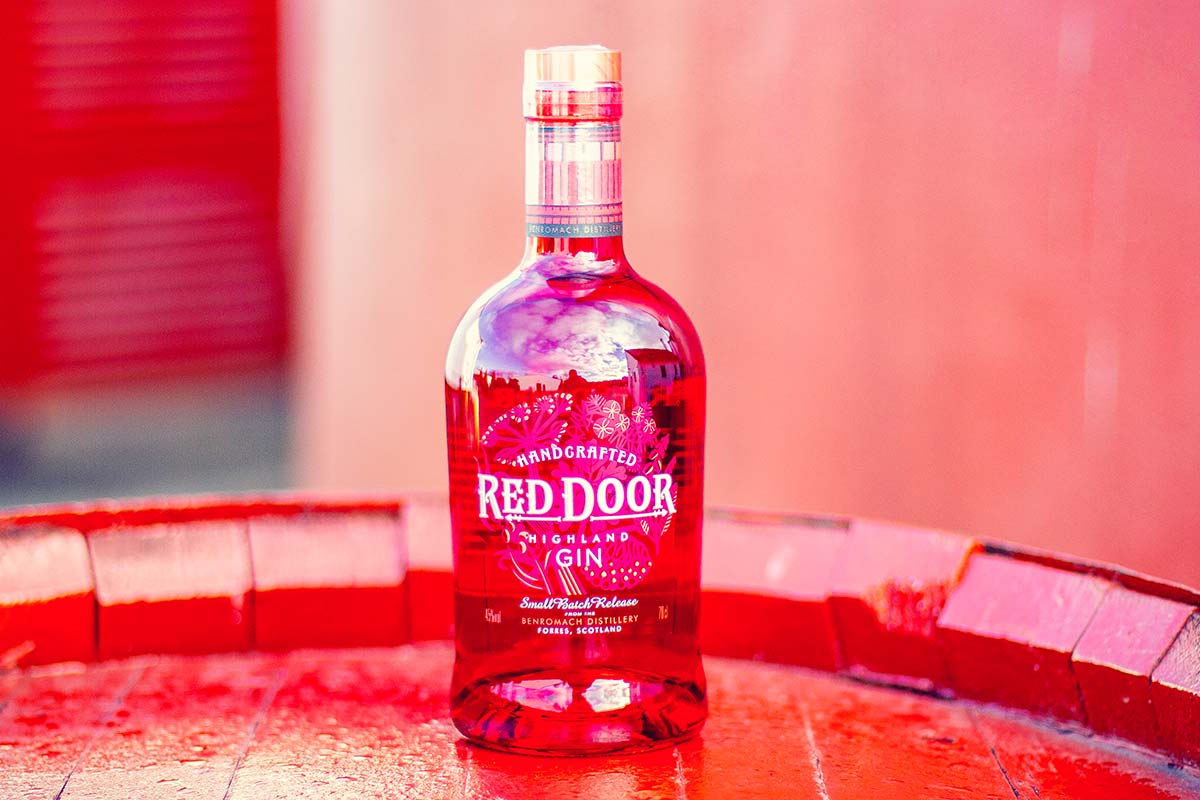
“As we are part of a family run business that was founded in Elgin in 1895, the local area is very important in terms of the support we have had from the trade and our consumers. Most small, craft gins have the same sort of local support, and in our case, we are lucky in that we have a wholesale business which serves the local trade as well as our shop in Elgin. The distillery also provides a whisky tour and Red Door Gin tour, which means visitors can come and see for themselves our stills, learn more about the spirits we produce and the history of the distillery. The well stocked distillery shop has a variety of gifts that let visitors take home a taste of the area.”
Andy Hannah, Red Door Gin
Orkney Gin Company, Burray, Orkney Islands
Located just 10 miles north of the Scottish mainland and easy to reach by ferry or plane, the clusters of islands visible on a clear day from the mainland make up the Orkney Islands. Rugged cliffs, crystal blue bays and harbours with golden sands, rich and fertile farmland and ancient settlements of historical importance.
It’s believed that the Orkney Islands have been inhabited by humans for at least the last 6000 years. With every year, new artefacts and clues are discovered across the archipelago that forms the Orkney Islands. Probably the most famous of these sites is the village of Skara Brae, a UNESCO World Heritage Site that consists of eight houses forming a near-perfect Neolithic village.
Over the centuries, the islands have been home to a variety of peoples and cultures, including some which were brought by boat thanks to an influx of Norwegian settlers in the late 8th and 9th centuries. The Islands also played a strategic role in helping the Vikings carry out raids on Norway and eventually saw the Norwegian King Harald Fairhair annexe the Orkney Islands, and Shetland.
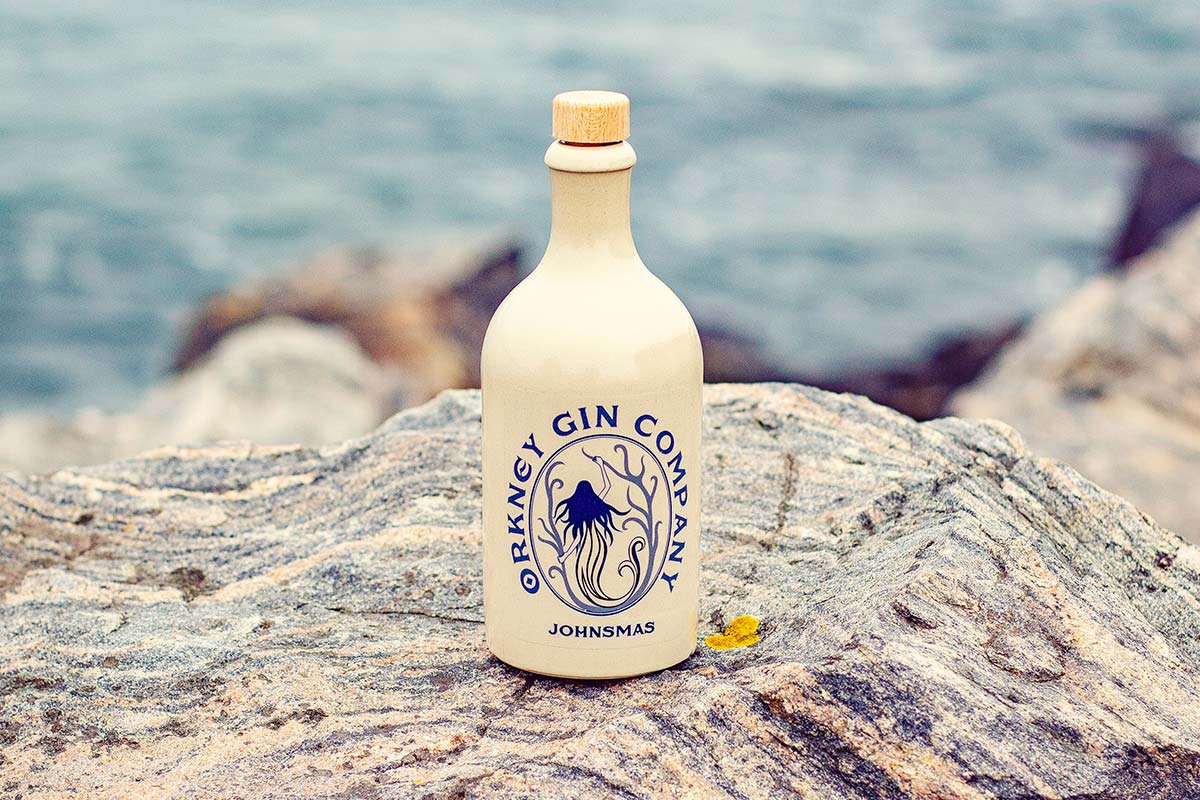
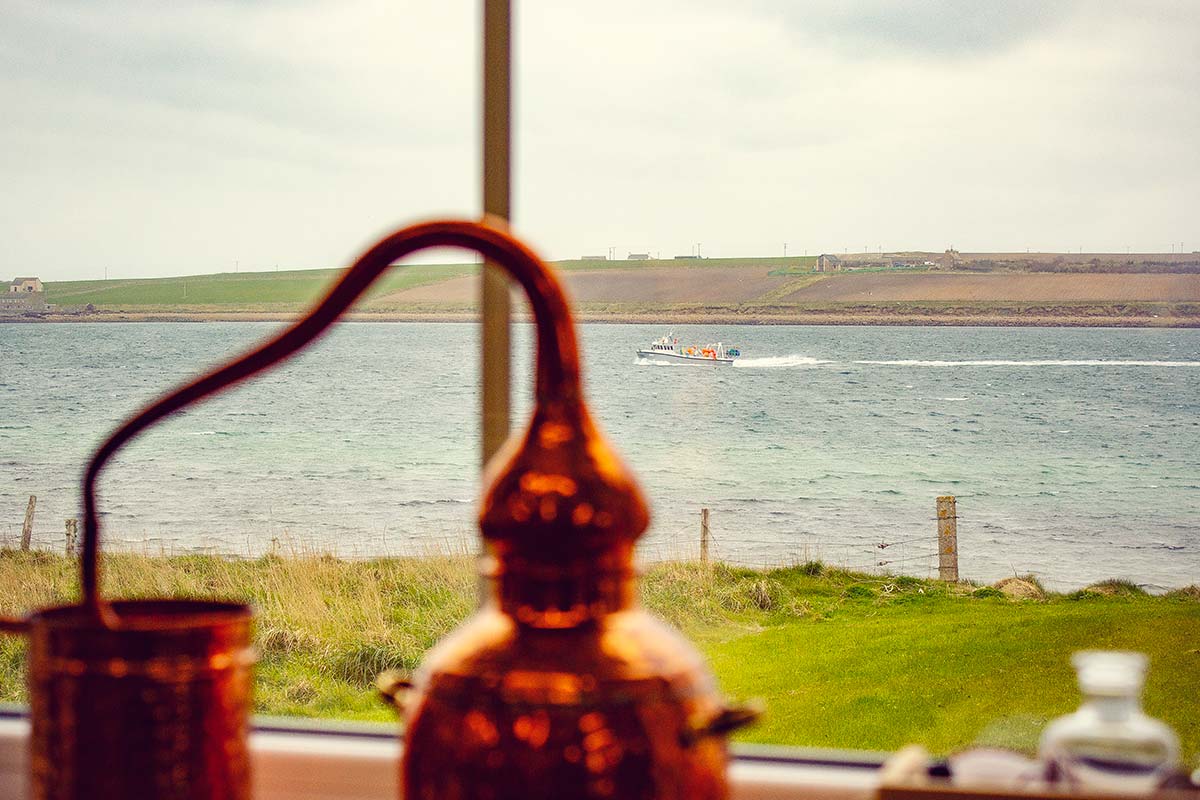
This meant the islands would form part of his Kingdom and would officially belong to Norway. The King hoped this move would mean he and his army would be better prepared and could stop the Viking invasions and raids. Although many Vikings were captured and killed, some managed to escape and settled down on the islands becoming farmers and fishermen. In 1468, the then near broke King of Denmark, Norway and Sweden, Christian I sold the Orkney and Shetland Islands to James III of Scotland to pay off his debts.
To this day Orkney’s rich history and traditions, both old and new, can still be seen and felt around the islands along with the stories of local heroes and villains. With its dark winter nights and long summer evenings, many stories have been shared and told around the fireside of many homes on the islands. One such story is that of John Fullarton, a ship’s captain.
The story dating from the 18th century goes that Captain Fullarton would strike down any man or women who dared cross him. One night he sought revenge on the captain of The Isabella, a Scottish merchant vessel, Captain Jones. Captain Fullarton snuck abroad the ship at its mooring on the dockside and killed Captain Jones in his sleep. But before Fullarton could escape, Mary Jones, the captain’s wife, arose in her nightgown with a cocked pistol at the ready and fired sending Captain Fullarton to his grave. From that night on, she earned the nickname The Pirate Slayer. And although the days of pirates, smugglers and mischief are no more, it’s noted that even as recently as the 1860’s, if you knew the right people, you could buy a few bottles of smuggled Gin over the counter of a bank in Kirkwall!
Today you’ll find bustling villages and towns offering the very best local food, drink and more. A warm welcome awaits visitors where ever you go and history is just around every corner. The Churchill Barriers, The Italian Chapel, Kirkwall Cathedral, Ring of Brodgar and more. With fresh seafood landed daily at any number of the island’s harbours, breweries, distilleries and more, producing world-class food and drink, sites and visitor experiences can be enjoyed in abundance. Once experienced, Orkney is never forgotten.
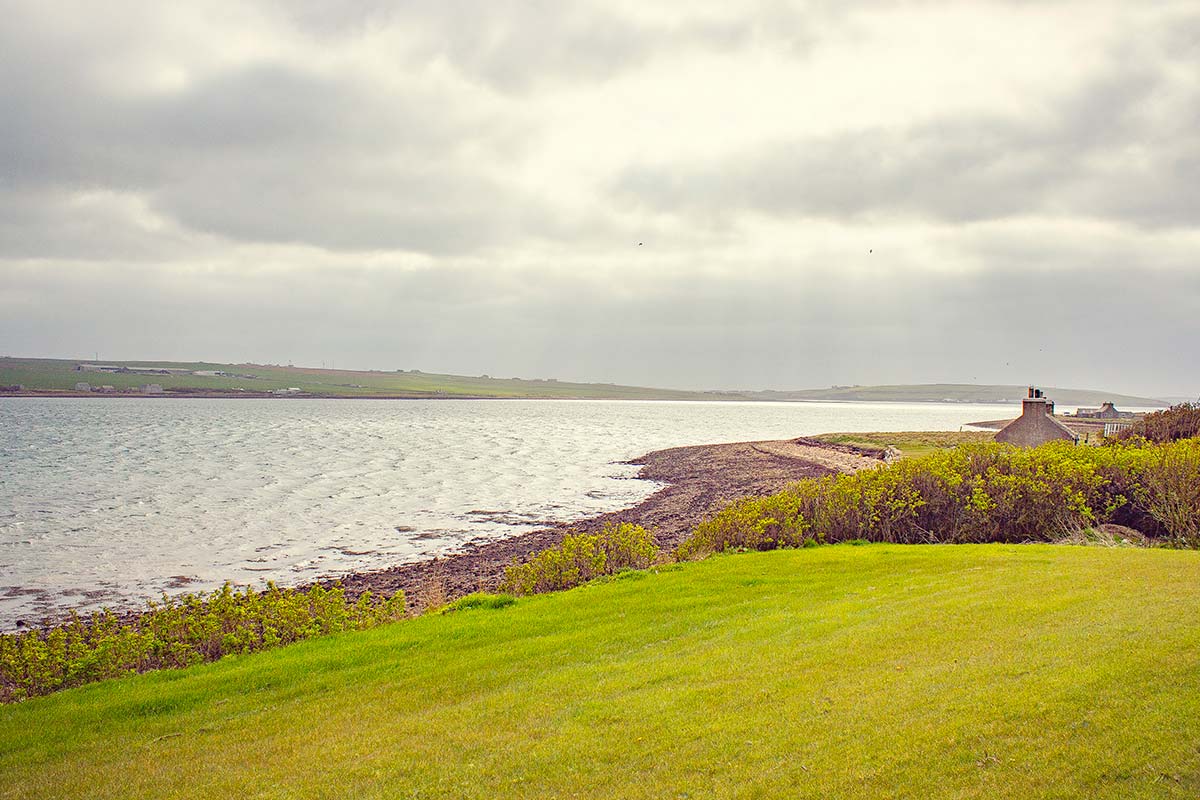
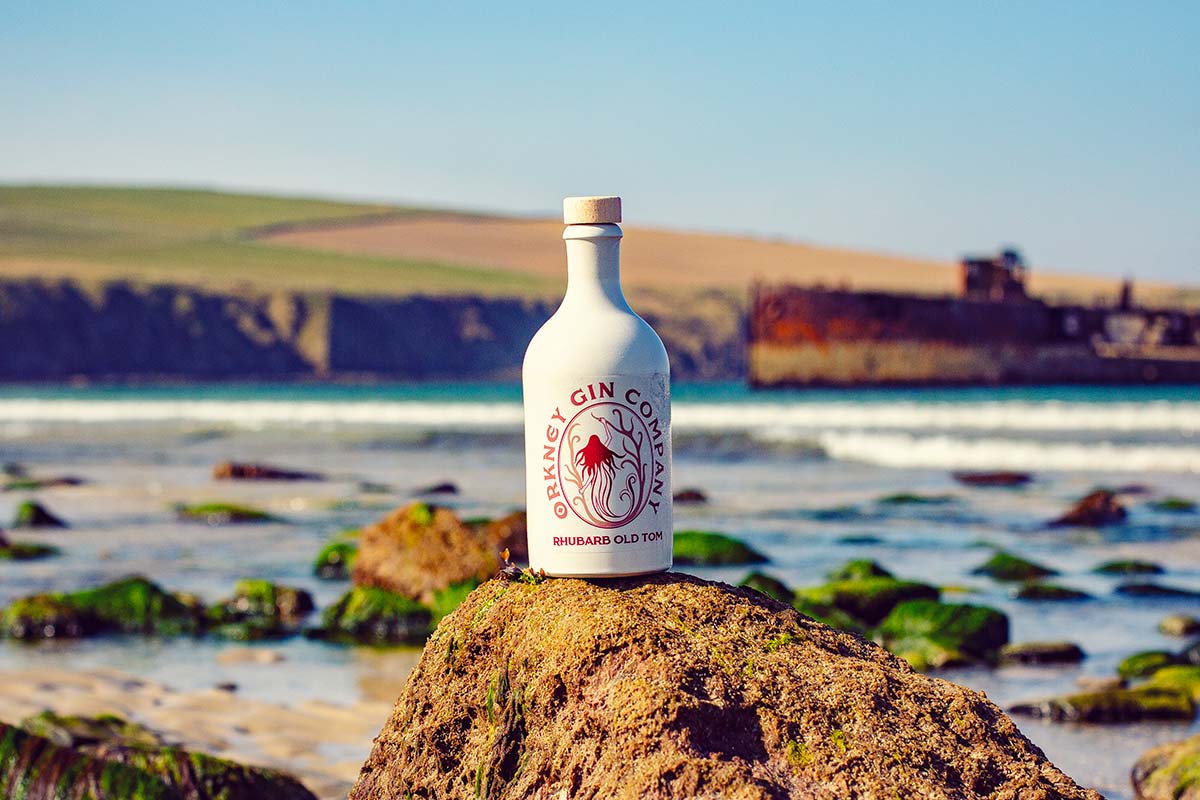
“Our islands have a rich history of traditions and tales told through many generations, which are unique to Orkney, with its connections to Scotland, and its Scandinavian past. The green arable landscape with rich purple heathery hills inspired us to use many local ingredients, which we handpick ourselves. You can find lots of these in our Johnsmas, which is named after Mid-Summer in Old Orcadian.
“Orkney is extremely exposed, with rugged shorelines and hardly any trees or shelter from the storms. During the long dark winters, sometimes it’s hard to see out your cosy home’s windows due to salt spray being lifted from the sea by the wind. In Orkney, we call this ‘smookan’. Our Mikkelmas, which is named after harvest time in Old Orcadian and has warming spiced botanicals, is perfect for that ‘stay inside’ weather.
“We often think of great local family businesses which have been around for many years, note how they stick to their traditional outlook while embracing modern technology and adapt to make both work in harmony. We take tradition very seriously here at Orkney Gin Company, using ingredients from times past and age old techniques such as cold compounding to create our unique spirits. Although it takes a lot longer and can cost more to work this way, we believe that using the best quality local and carefully sourced ingredients and spirit, which has been distilled up to eight times, plus unique techniques and traditional packaging creates a truly special product, which has been lovingly made by our family.
We, the Watt family, who founded the business and carefully craft each spirit in Orkney – are a family of seafarers. Many a tale has been told of the infamous selkie folk, mystical beings who take the form of seals, known as ‘selkies’ in Orkney, are said to lure unsuspecting fishermen into the sea by casting their seal skin and assuming human form. Gary, who creates each recipe from scratch, loves this ancient tale and knew it just had to form the look for our logo and packaging. The white and cream stoneware bottles, which were based on the archaic stoneware and glassware found on the beach below our distillery in Burray, and the traditional look of the logo, create a bottle which will be sure to remind any customer of times past and create a picture of what it means to us to be Orcadian.”
Erin Watt, Orkney Gin Company
SOS Gin, Loanhead, Midlothian
Midlothian is a council region that sits south of Scotland’s capital city of Edinburgh. The region is dotted with sites and areas of historical importance including Rosslyn Chapel, which featured in Dan Brown’s best-selling novel The DaVinci Code. With its ornate facade and detailed carvings inside the chapel, the chapel is shrouded in theories and mysteries linking it to the Knights Templar and the Holy Grail.
Rosslyn Chapel isn’t the only historical site in the area with Penicuik House, Crichton Castle, Newbattle Abbey and more. Midlothian is also the location of several historical battles between England and Scotland. There are also the remnants of ancient Roman settlements dotted across the region including forts and roads.
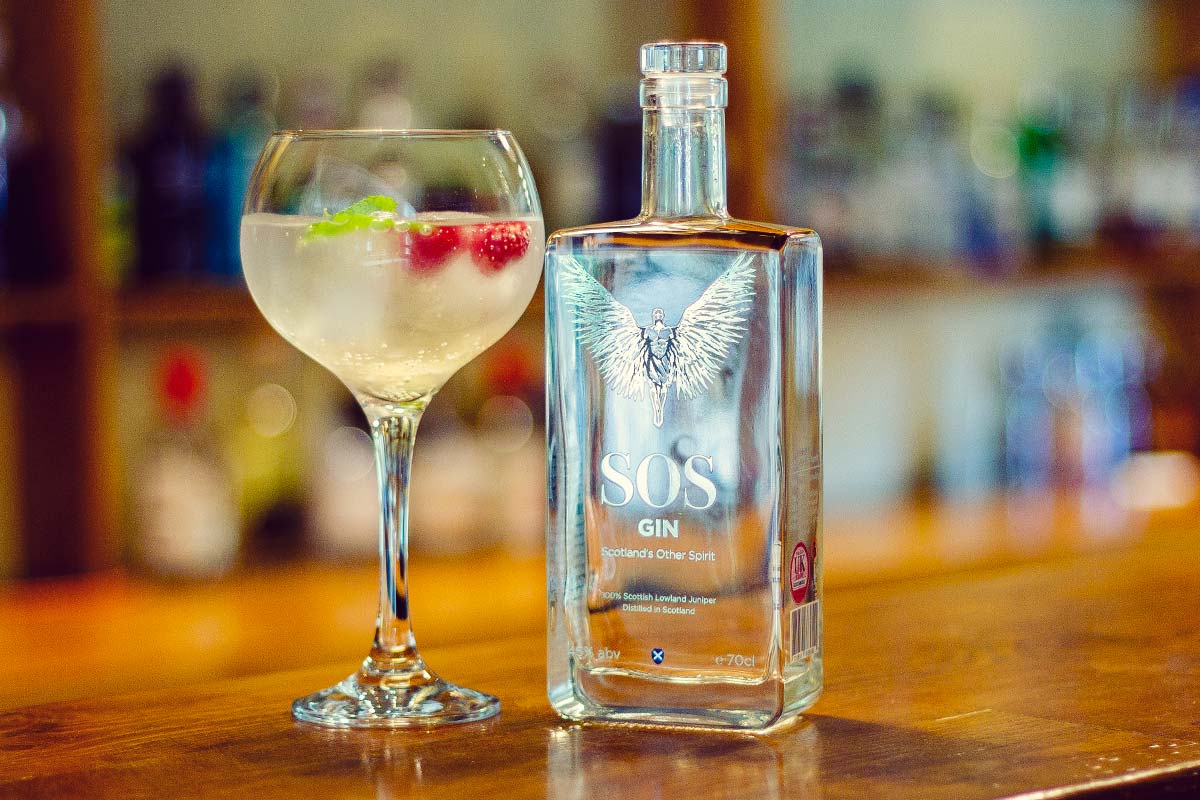
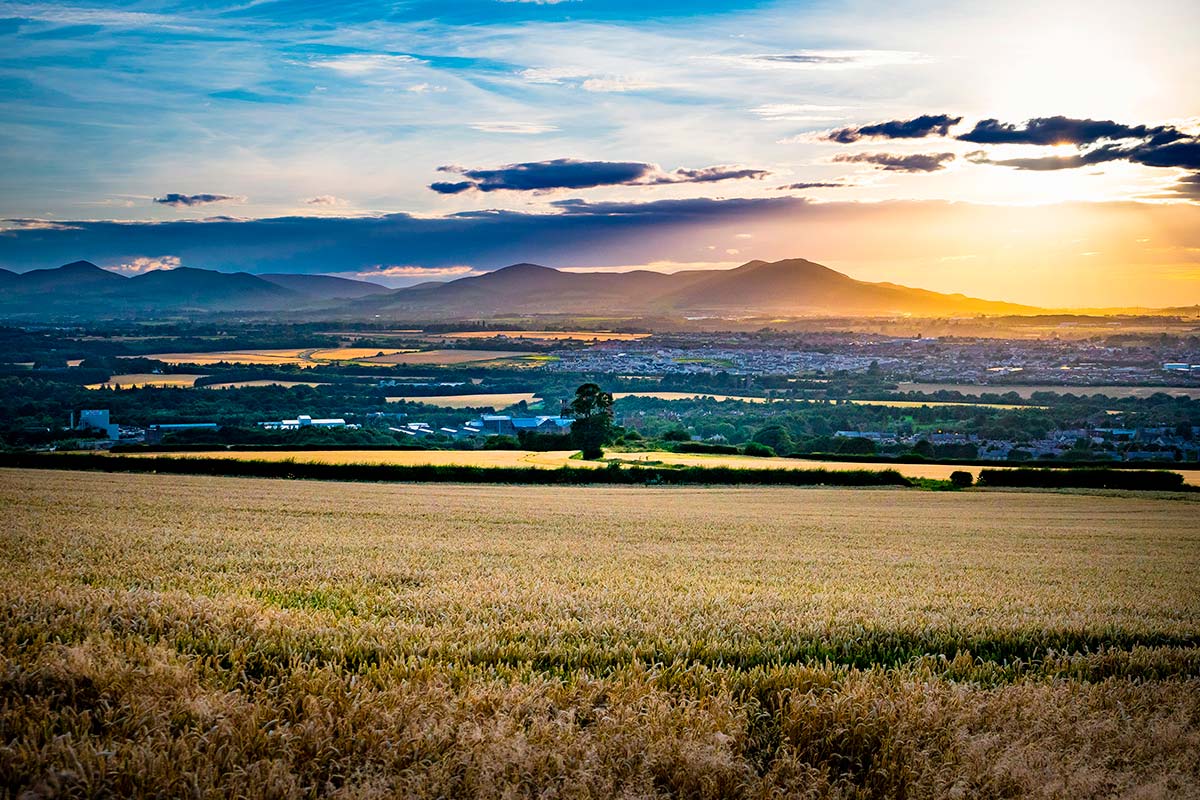
The region is composed of fertile farmland, hillsides dotted with trickling burns and rivers, small towns and villages along with the impressive Pentland Hills to the north of the region. The landscape provides a rich habitat for wild botanicals including juniper, elderflower, meadowsweet and more, combining with plenty of idyllic walks, paths, and cycle routes, the area can provide a welcome escape from city living.
“Being based in Midlothian, there is a great local landscape including rolling hills, river valleys, woodlands, and prime farmland and a vast array of countryside walks. I knew that juniper had to be in the locality and during our countryside walks, we observed juniper as well as a large diversity of botanicals, and so I made notes of the various local botanicals which were available, and then started to create gin recipes from this list.
“As I was creating the recipes during winter and spring, I had to utilise wholesale botanicals to decide on the flavour profile, however, the use of local botanicals in the final production recipe, foraged from unspoilt country locations away from pollution, provides the Gin with a far fuller and richer flavour.
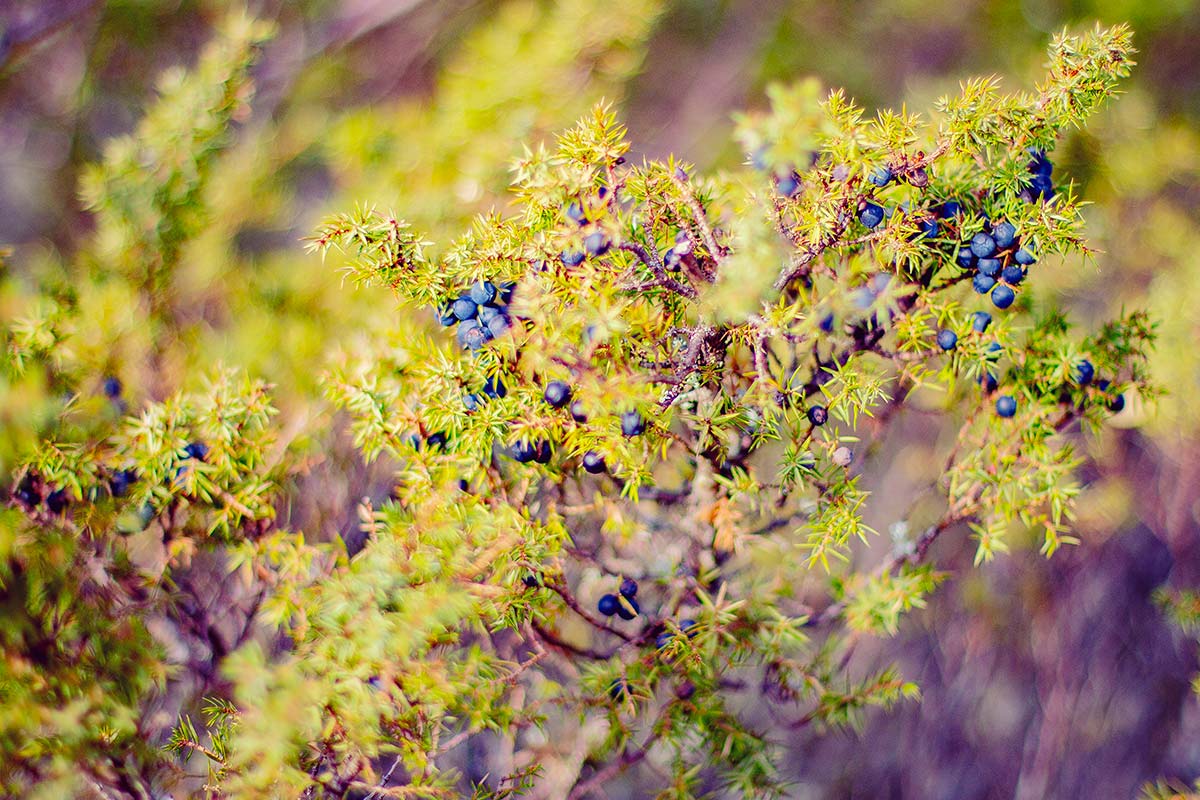

“SOS Gin, “Scotland’s Other Spirit”, only contains four botanicals. There are very few Scottish botanicals which are available to purchase commercially, and so we have to spend a considerable amount of time to locate, hand-forage, sort, grade, preserve and store our botanicals, although we get rhubarb from friends and families’ gardens and allotments. We de-seed our rosehips prior to the preservation and then return the seeds to nature. Utilising 100% Scottish Lowland juniper along with our other locally sourced hand-foraged botanicals, instils an undeniable Scottish provenance to SOS Gin, Scotland’s Other Spirit.”
Mark Munnoch-Wahlberg, SOS Gin
The Wee Farm Distillery, Climpy, South Lanarkshire
South Lanarkshire is connected to a number of neighbouring council regions including Dumfries and Galloway, East Ayrshire, East Renfrewshire, North Lanarkshire, the Scottish Borders and West Lothian. The landscape is made up farmland, moors, hillsides and is dotted with small villages and towns including Carluke, Forth, Strathaven, Biggar and Lanark.
Once known as Lanarkshire, the region area was witness to a number of historical battles including an attack by William Wallace on the English Garrison at Lanark in 1297. Mary Queen of Scots and her supporters were defeated at the Battle of Langside, which eventually led to her fleeing to England and subsequent imprisonment.
The 109 mile long river Clyde, Glasgow’s famous river where many of the world’s biggest and best ships were built, starts its life in South Lanarkshire from Lowther Hills. The river crisscrosses South Lanarkshire before it ends at the Firth of Clyde and meets the Atlantic Ocean.
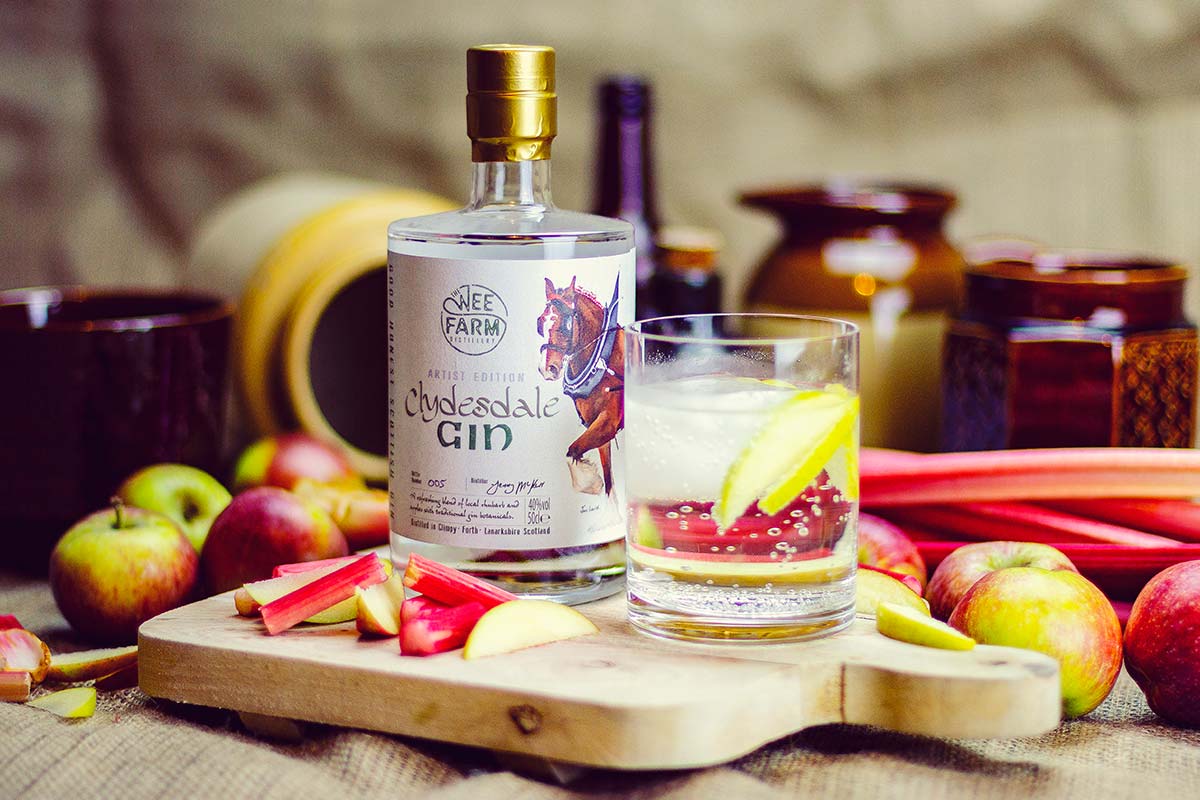
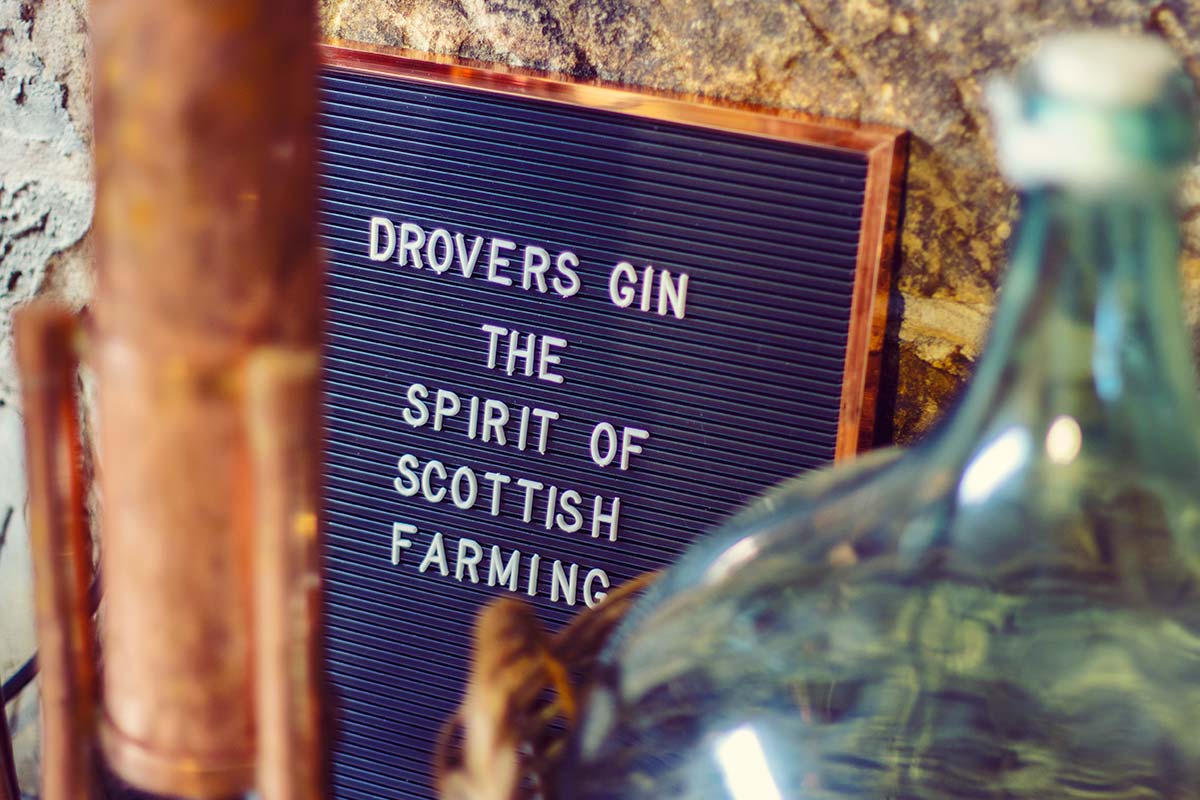
The region has a variety of attractions including museums, parks and sites of historical importance. With its lush green and fertile farmland, it’s of no surprise you’ll find the National Museum of Rural Life here. The museum is a five-star accredited VisitScotland attraction and provides a glimpse into the life on a real working farm in the 1950’s.
Visitors to South Lanarkshire can also enjoy Summerlee – The Museum of Scottish Industrial Life, Scotland’s leading industrial heritage attraction. There’s also Calderglen Country Park, Low Parks Museum, which celebrates The Cameronians (Scottish Rifles) regiment, The David Livingstone Trust, which is home to artefacts and the birthplace of the famous Scottish explorer.
“The Wee Farm Distillery is based at home on Forth Mains Farm, which is surrounded by wind farms and is 1000 ft above sea level. South Lanarkshire is a diverse area, rich in industrial and agricultural heritage, and we used this to develop our Clydesdale Gin, which launched in November 2019. It’s a 40% gin that’s been infused with local rhubarb and apples to acknowledge the rich fruit growing history in the Clyde valley. The label features a locally bred champion Clydesdale horse (called West Forth Solo) that was painted by local artist Jan Laird. Clydesdale Gin is a real collaboration of talent and heritage, and the end result is a fantastic, crisp, fresh gin full of provenance – a fantastic celebration of the region.
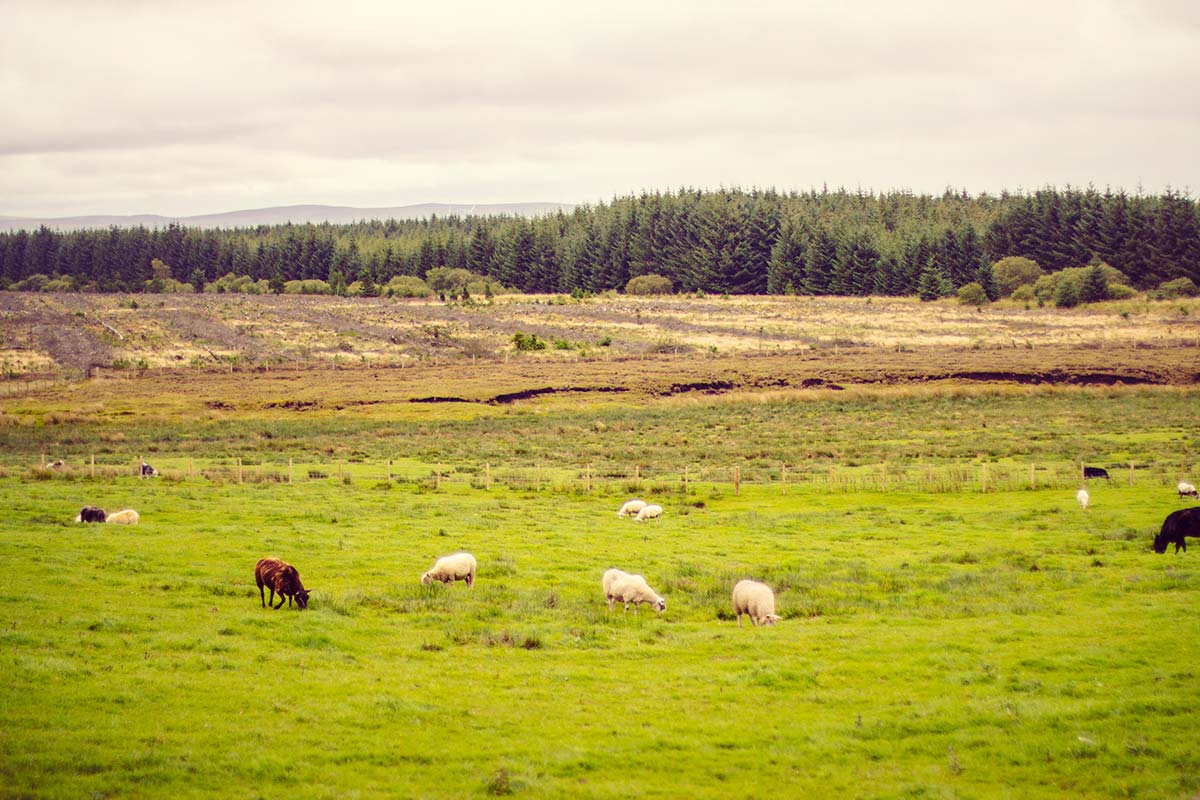
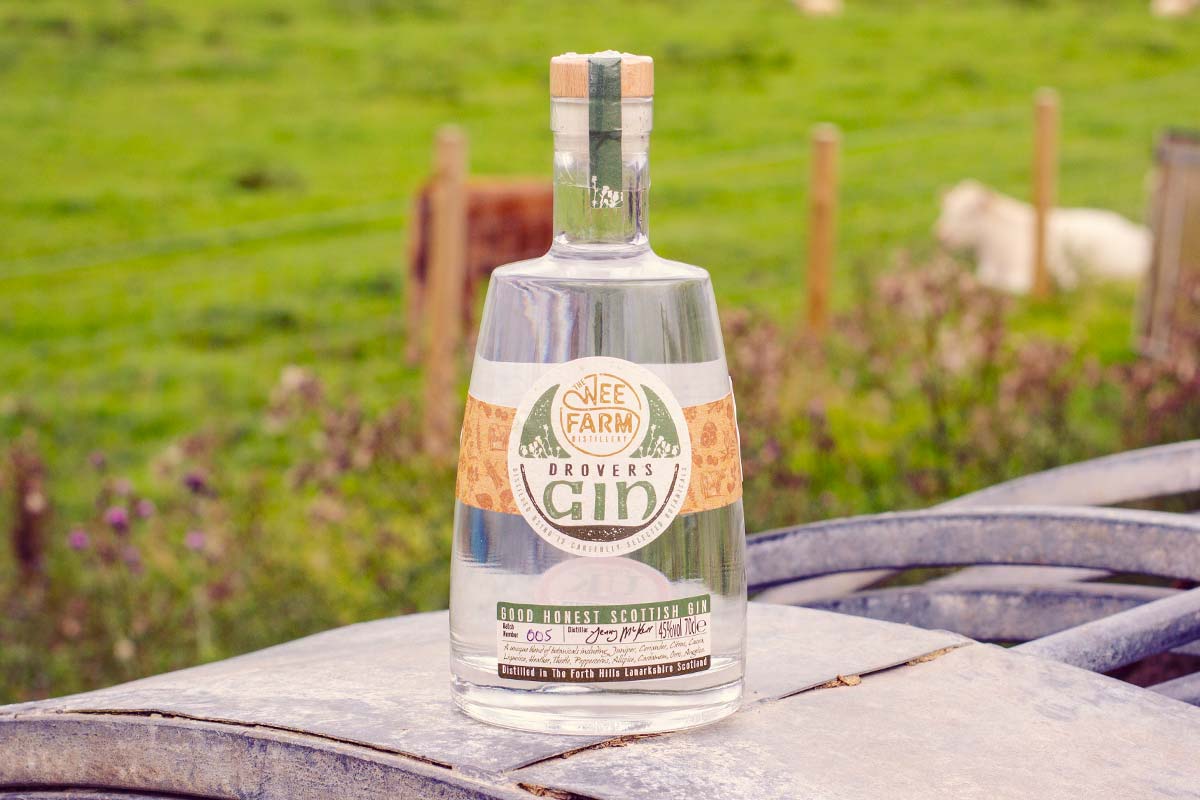
“The landscape on our farm is rugged and mainly grass on reclaimed mining land. We are proud cattle and sheep farmers, and our livestock effectively utilises what nature allows the area to grow. We are challenging nature and have planted an orchard full of apples, pears, cherries, damson, brambles and soft fruits with an aim to grow more ingredients for gin production and to breathe life into the land again.”
Jenny McKerr, The Wee Farm Distillery
Isle of Skye Distillers, Portree, Isle of Skye
The Isle of Skye is no stranger to history with remnants of ancient creatures, Pictish settlements and has even featured in Hollywood blockbusters. The largest and most northerly of the islands from the Inner Hebrides, Skye is the largest Scottish Island after Lewis and Harris.
Rising from the sea like an ancient monument, the Cuillins dominates the skyline on a clear day. A magnet for hill walkers and avid Munro baggers looking to tick off some of the most difficult of all the 282 Munros across Scotland. The black Cuillin ridge is comprised of 11 Munros, with some of the climbing routes considered to be amongst the best and toughest of anywhere in the UK.
Portree is the capital of Skye and features a picturesque harbour front of pastel-coloured houses and the town centre has a variety of shops, restaurants, bars, hotels and more. The town is also home to the Isle of Skye distillers gin school and bottle shop, which stocks a range of spirits, beers and gifts.
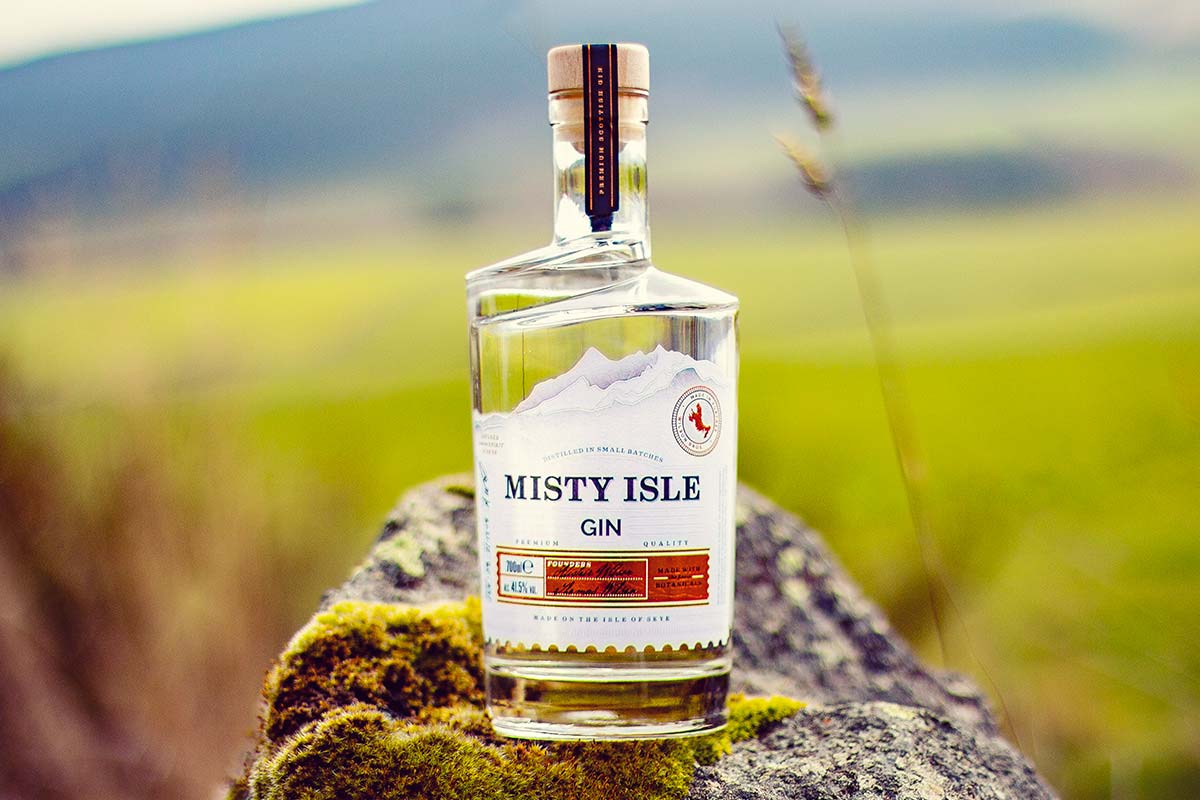
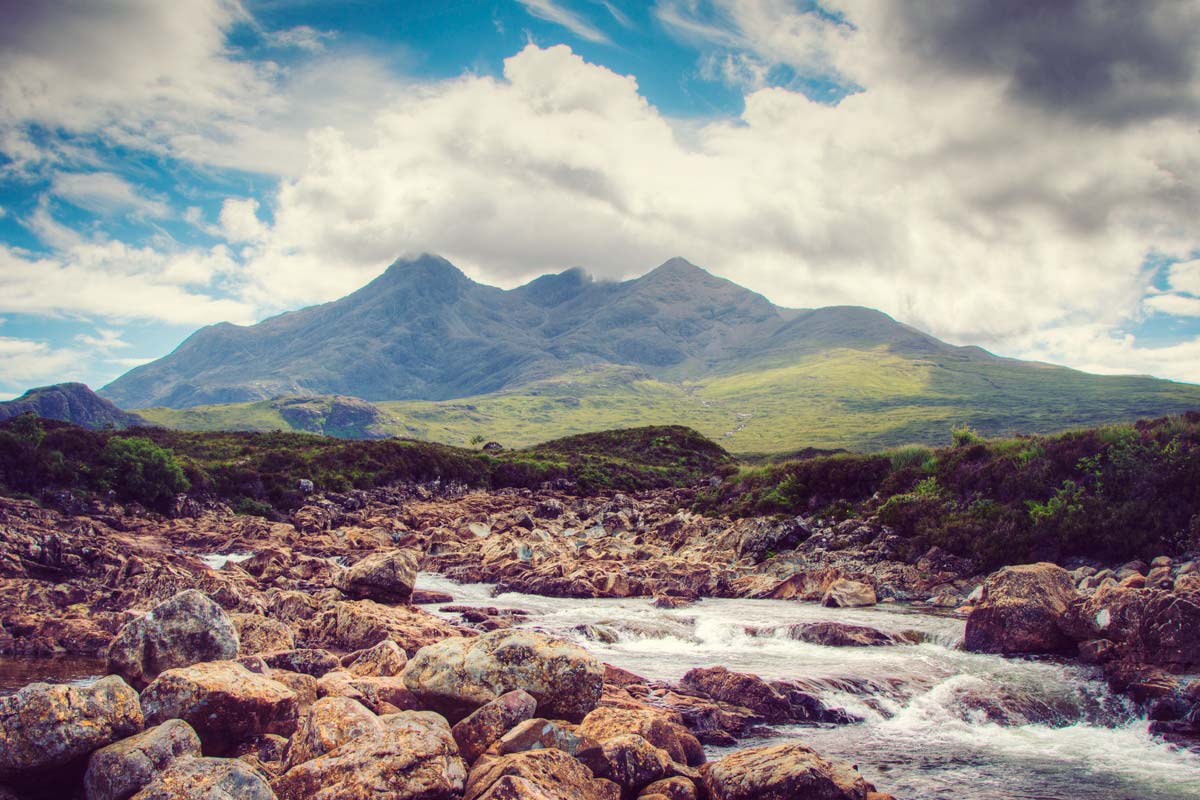
Just a short drive from Portree is The Storr, a rocky hillside that features a number of rock towers including the Old Man of Storr. This geographical landmark famously featured in the opening scenes of the Ridley Scott directed Prometheus. Head north again and you’ll discover the Fairy Glen, a collection of small hills and carefully created stone symbols.
Although it would have looked entirely different when the tide is low, you can step back 170 million years into the past. Discovered as recently as March 2020, the coastline of Skye is dotted with dinosaur footprints. Brothers’ Point, Staffin and Duntulm all show the ancient footprints of dinosaurs, which have been preserved over millions of years as the landscape changed.
“When gin started to become quite the thing back in 2011, Thomas and I thought “Why don’t we create the first ever gin distillery on Skye?”, so we started to look into it, planning and SAVING! The Isle of Skye is famous for lots of things and we felt our gin could be one of them!
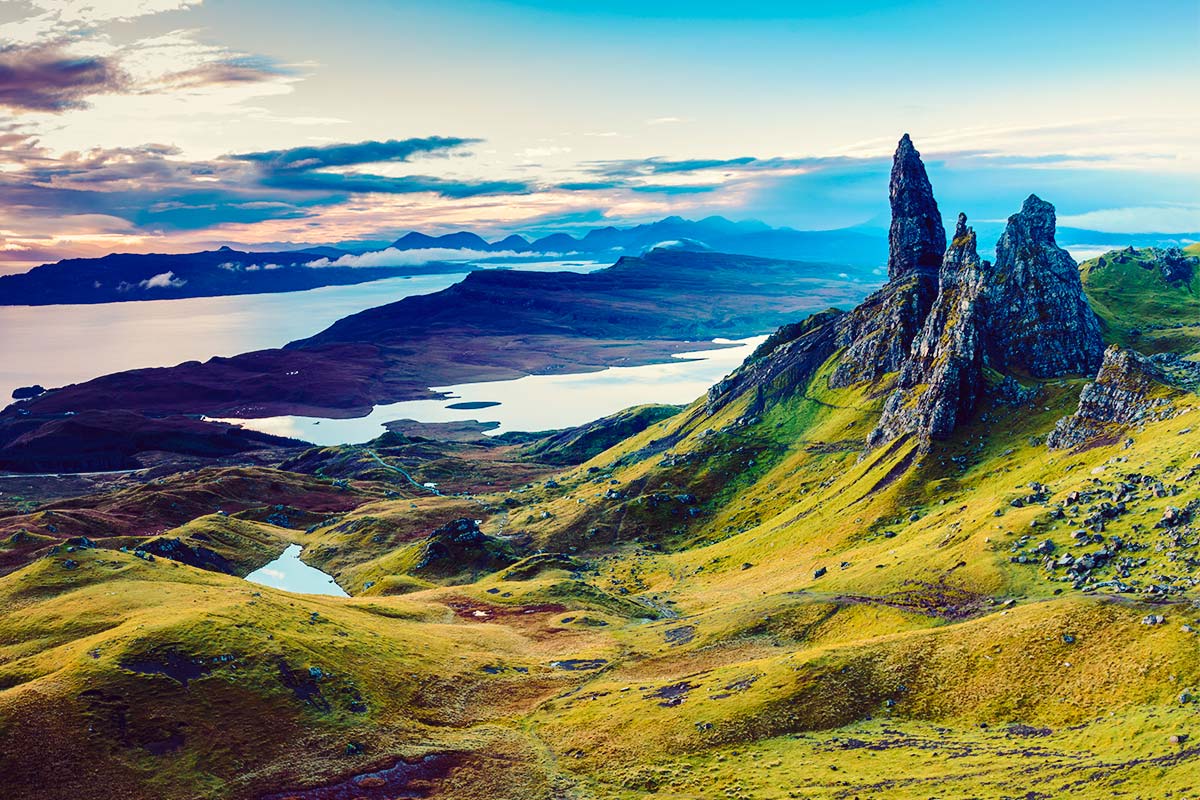
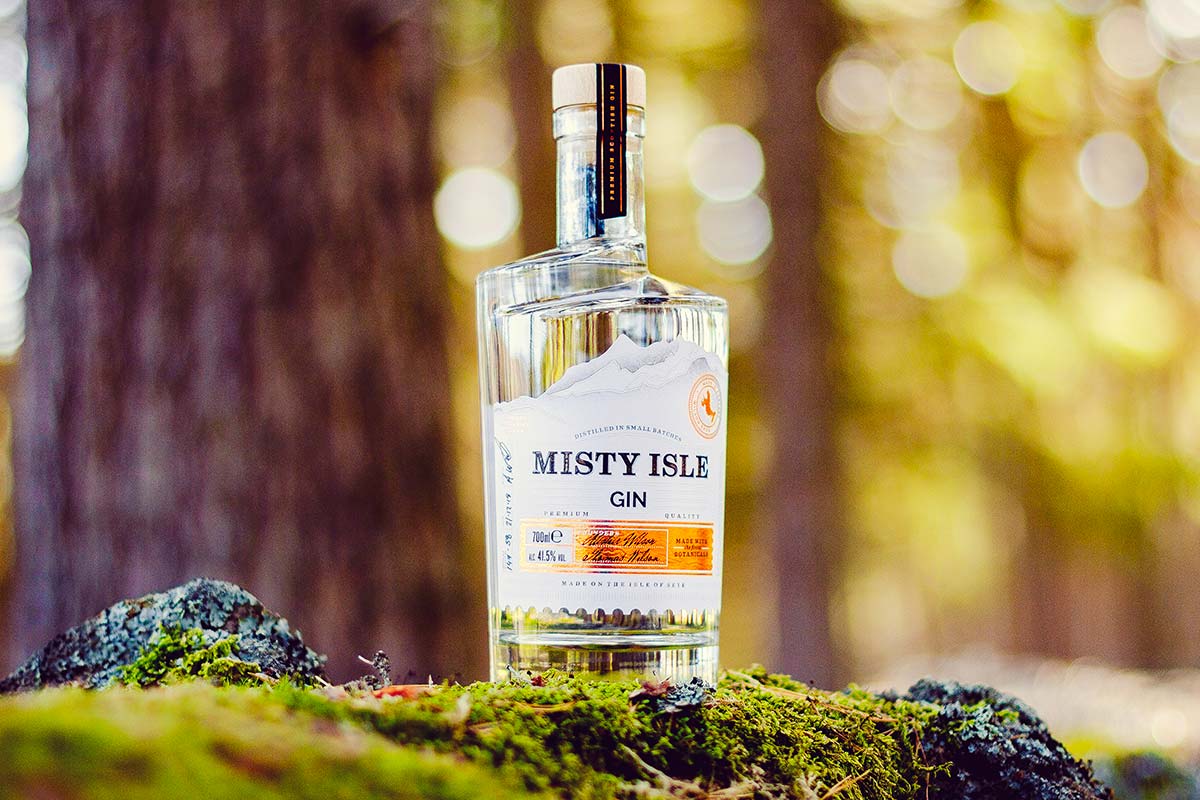
“We’ve taken lots of inspiration from our landscape such as the Cuillin Hills range on our label, the Old Man of Storr, where our water comes from and using as much locally foraged botanicals as we can find. We have more recently started to grow some key botanicals for our gin including juniper.
“Skye has always been a very popular tourist destination on the West Coast so it helps our business no end (although unfortunately not at the moment). We have a unique audience from all corners of the world who want to enjoy a taste of Skye in our local hotels, bars or even buy from our wee shop to take home.”
Alistair Wilson, Isle of Skye Distillers
Click the links to learn more about Red Door Gin, Orkney Gin Company, SOS Gin, The Wee Farm Distillery and Isle of Skye Distillers.
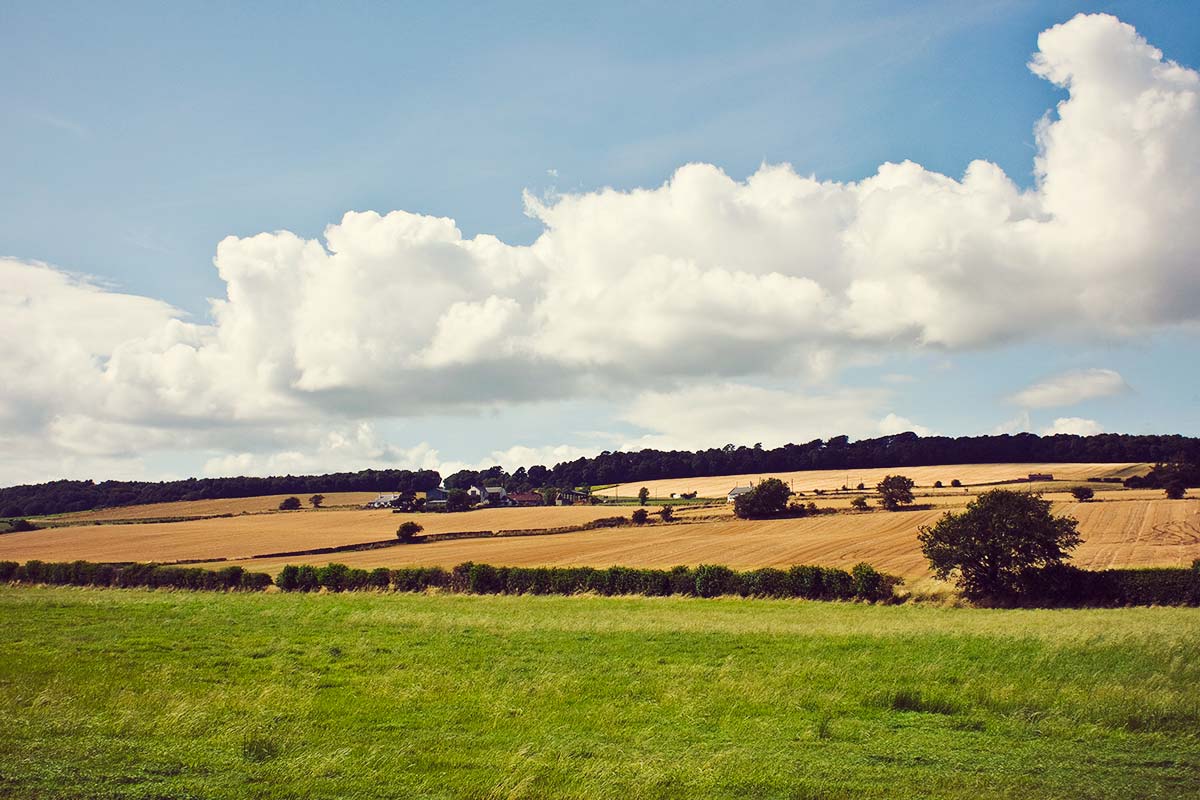
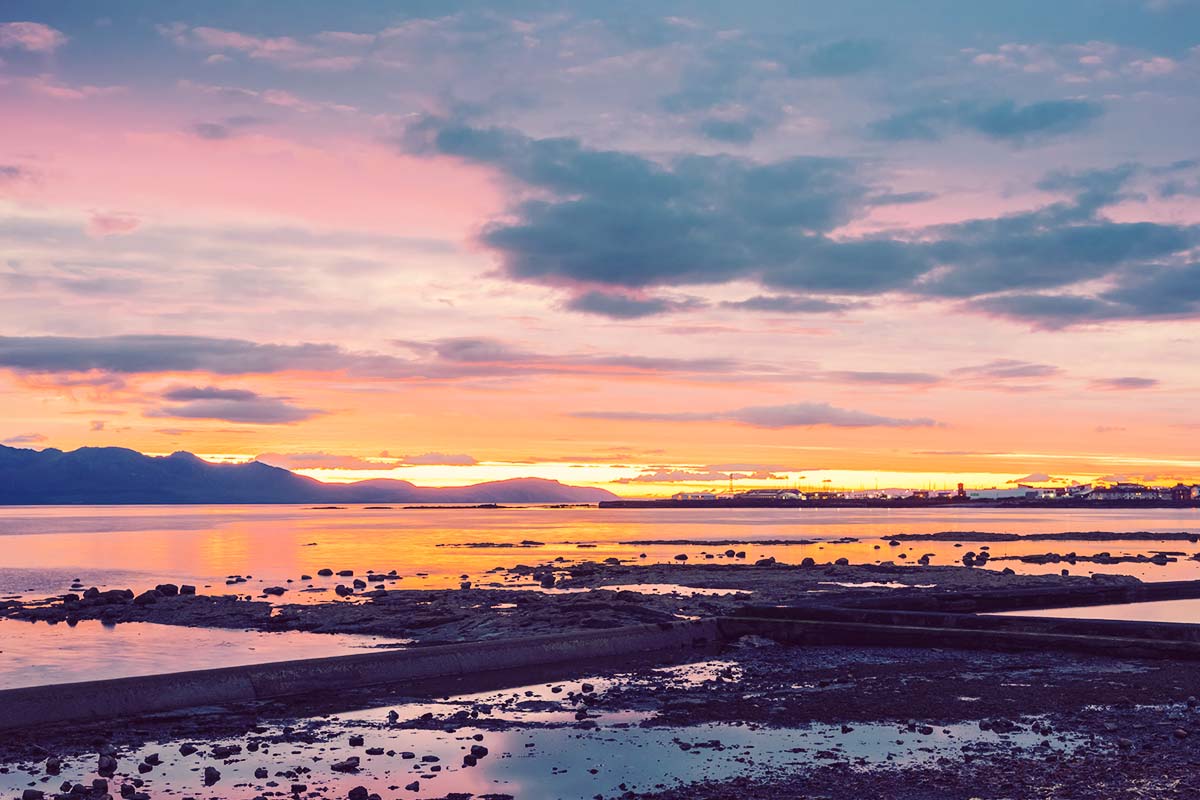
You can learn more about the many great Scottish Gins by visiting the links below.